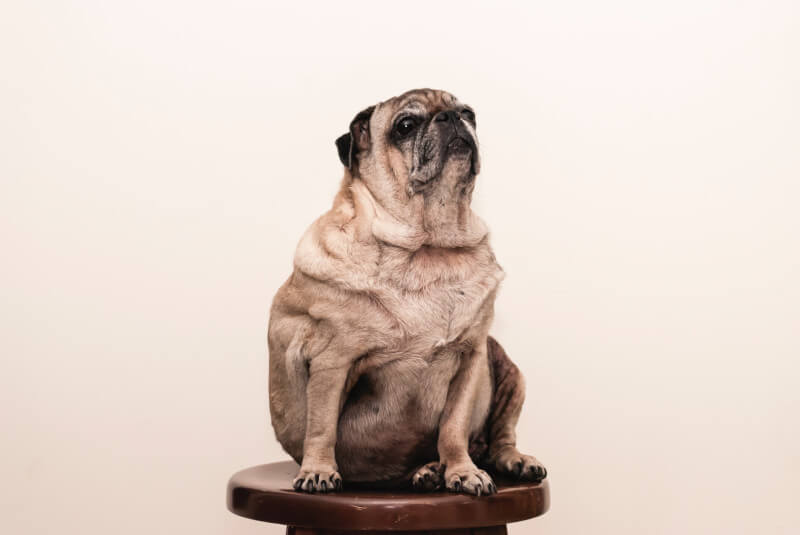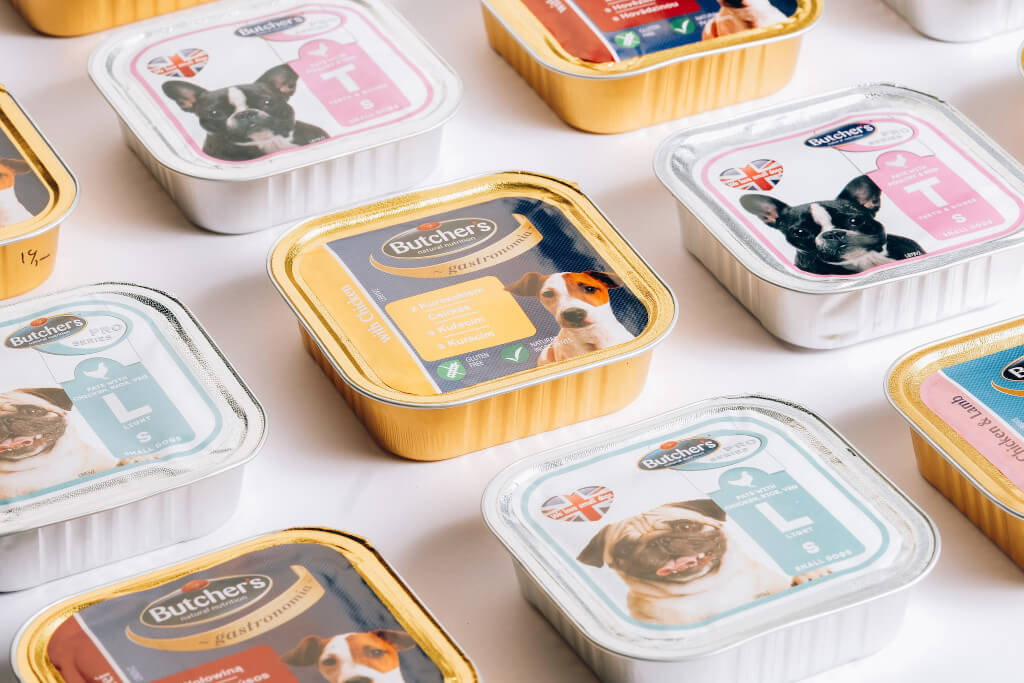When It Comes to Wet Dog Food, It’s All About Tickling Those Taste Buds
The majority of dogs prefer the taste and texture of wet dog food. When sprinkled on top of dry dog food, it not only makes the kibble your dog eats taste better but also introduces your dog to a wide variety of new flavors and ingredients that are good for him.
Even if you disregard the fact that your dog prefers dry food, there are many other reasons why feeding your dog wet food is the best way to guarantee that he gets the most from his mealtime.
Provides Hydration
Some canines are resistant to drinking the necessary amount of water daily to maintain a healthy level of hydration. Because it contains a much higher proportion of moisture than dry food, feeding your dog wet food provides him with a significant amount of additional hydration.

Increasing the amount of water that your dog consumes can help reduce the strain that is placed on major organs like the kidneys, as well as on the urinary tract. Diabetic dogs who have kidney problems are frequently advised to consume a diet that is high in moisture. Before making any significant alterations to your dog’s diet, you should always get your veterinarian’s approval first, especially in cases where there are preexisting medical conditions.
Entices Finicky Munchers
For picky eaters who need to be enticed to eat during mealtimes, wet dog food is an outstanding option to consider. Your finicky dog has a highly developed sense of smell, and the heady, savory scents that are emitted by wet food are now more likely to persuade him to consume it.
Wet pet food, with its more pliable consistency, may be beneficial not only for younger pets but also for older pets. Pets with fewer teeth or those with sensitive gums will find it simpler to digest and swallow this food. Additionally, older animals with a diminishing sense of taste and odor may benefit from including wet food in their nutrition as it may have a greater scent and flavor than dry food. This is because wet food tends to have more moisture in it.
Great Nutrients
Wet foods of superior quality will have a primary component that consists of meat that is easy to digest. Wet food for dogs of good quality is always nutritionally complete and well-balanced, and it offers a wonderful assortment of key nutrients such as proteins, vitamins, and essential fats such as omega-3 and omega-6, which are beneficial to the skin and coat of the dog.
Wet Food is an Excellent Blender
If you’ve noticed that your pet isn’t interested in eating dry food, you might want to consider switching your dog over to a diet that consists primarily of wet food. It is important to remember that it is best to introduce new foods to your dog in a gradual manner, especially if you are changing your dog’s diet or moving them from dry food to wet food. In this way, sudden digestive upsets, which have the potential to jeopardize their health, can be avoided.
Additionally, it will assist in the gradual introduction of new smells and textures to them. Some pet owners believe that providing their canine companion with a diet that combines both wet and dry foods results in the healthiest outcome for their pet, so they serve their dog a combination of wet and dry food at each meal.
The Process of Chewing is Simplified With Wet Dog Food
Wet food is fairly easy to chew, making it an excellent option for older dogs, dogs with missing teeth, dogs with jaws that are misaligned, and dogs with smaller mouths. Chewing food that is easier to grind up is also beneficial for senior dogs. Wet dog food, which is typically higher in flavor and aroma than dry food, can be used to encourage senior dogs, whose sense of smell may have diminished, to consume food. Dogs that don’t have much of an appetite may be persuaded to eat wet dog food that has a strong aroma. This is of the utmost importance if your dog is sick and needs nutrition to recover but may not want to eat.
Weight Management
When contrasted to dry food, the amount of moisture that is contained in wet food is significantly higher. Because there is a greater volume of water in the food, it can assist in making the pet feel fuller, which in turn helps to promote satiety. This is crucial for maintaining a healthy weight as well as for dogs that tend to be gluttonous and exhibit behaviors like begging.

When contrasted with dry food, wet food has a reduced calorie density because the calories in the food will be diluted due to the presence of water. It is essential to keep careful tabs on portion sizes when consuming wet food because it is more flavorful; however, with the appropriate management, it can be an excellent choice for a program designed to aid in weight management.
Wet Dog Food Pointers
The eating process for your dog with wet food can be a little messier, but if your pal enjoys the flavor, it’s worth it. You might want to try placing a mat that can be cleaned or thrown away under your dog’s bowl to prevent the moist food from falling directly onto your floor.
Always go for the highest quality wet dog food that you can find. Be sure to look for ingredients of excellent quality, such as real meat, fruits, and vegetables. It is important to read the label on the can because certain brands of wet dog food contain wheat as an additive whereas other brands do not.
Moist Food Should Never Be Left Out for More Than Half an Hour
To prevent the food from going bad, store it in an airtight container in the refrigerator, and consume it within five days. In addition, keep any leftover wet dog food in the can it came in or inside a glass container that has been tightly covered with a lid or plastic packaging to assist in maintaining its flavor.
When it comes to meals, our four-legged friends value variety just as much as we do the food that they eat. Because of this, including some wholesome wet food in addition to the dry food that you give your dog is an excellent way to add flavor, moisture, and variety to your friend’s diet.

